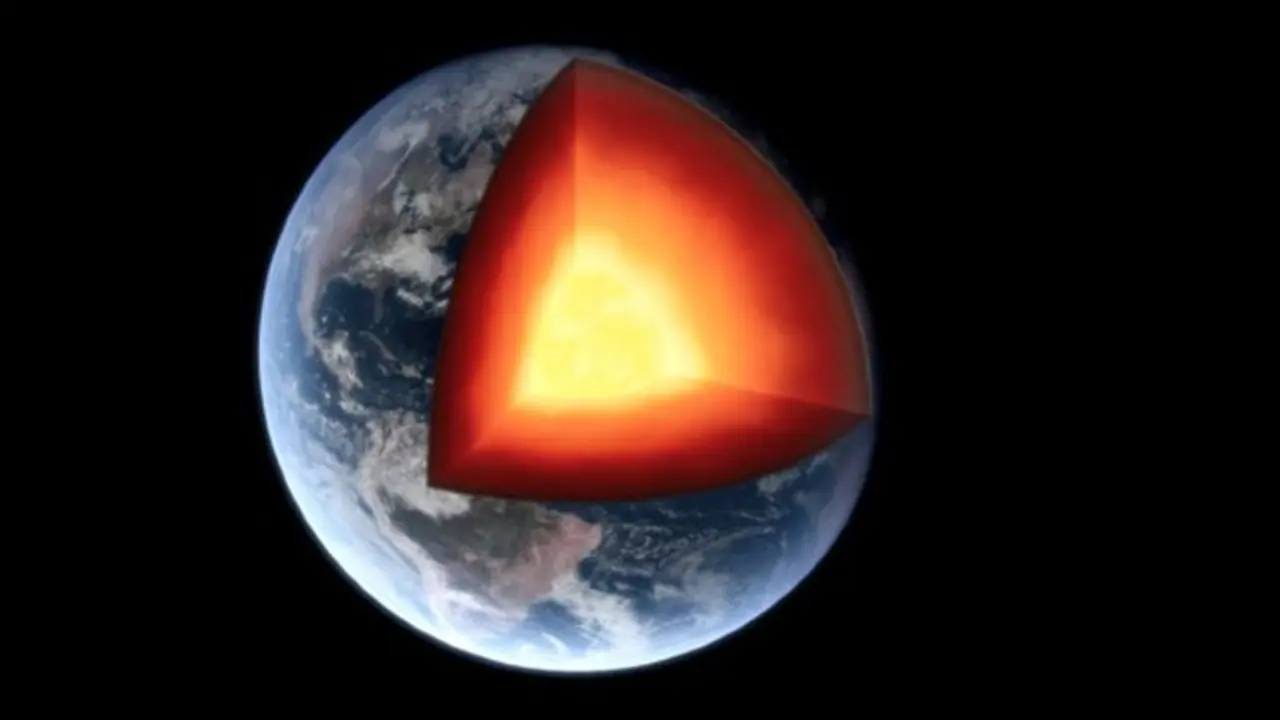Scientists discover Earth's inner core is surprisingly soft due to hyperactive iron atoms, shedding light on seismic measurements and Earth's magnetic field.
In a recent breakthrough, scientists have challenged the long-held belief that Earth's inner core was solid and hard like a metal sphere, suggesting it may be surprisingly soft, more akin to butter. This revelation stems from a study led by the University of Texas at Austin in collaboration with Chinese researchers. They propose that this newfound softness is due to hyperactive atoms with greater-than-expected mobility within the inner core's molecular structure, potentially shedding light on mysteries related to Earth's magnetic field.

Given the extreme temperatures and pressures within the Earth's inner core, direct sampling is impossible. Therefore, scientists replicated these conditions in a lab setting and observed how iron atoms behaved under such intense pressure. Subsequently, they employed this data to create a simulated model known as the "supercell" to visualize the motion of iron atoms within the previously perceived rigid structure.
The results from these supercell simulations unveiled that the inner core's atoms can exhibit significantly more movement than previously assumed. Researchers describe this movement as atoms functioning in groups, much like dinner guests relocating around a table - a phenomenon known as "collective motion." As a result, this increased atomic movement weakens the inner core's rigidity and reduces its resistance to shear forces, rendering it surprisingly soft.
Additionally, the seismic measurements of the inner core demonstrate an environment that is notably softer and more malleable than anticipated for such extreme pressures. This movement, as suggested by Youjun Zhang, co-lead author and professor at Sichuan University, provides a valuable insight into the enigmatic inner core, drawing an analogy to the softness of butter in a kitchen.
"Seismologists have found that the centre of the Earth, called the inner core, is surprisingly soft, kind of like how butter is soft in your kitchen," he said.
"The big discovery that we've found is that solid iron becomes surprisingly soft deep inside the Earth because its atoms can move much more than we ever imagined. This increased movement makes the inner core less rigid, weaker against shear forces," Zhang added.
This newfound understanding about the inner core's properties may hold the key to unraveling various mysteries, including its role in generating Earth's magnetic field. According to Jung Fu-Lin, study co-author, this knowledge forms the basis for comprehending the inner core's dynamic processes and evolution, thereby enhancing our insights into this critical aspect of our planet.
